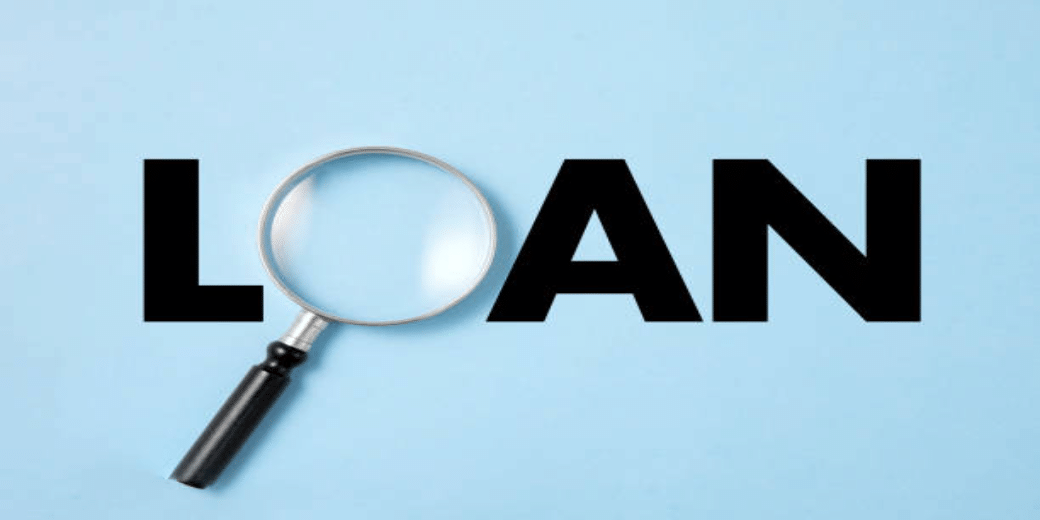Small Loans, Big Impact – The Real Inclusion
At the heart of poverty reduction lies the imperative to empower women and promote gender equality

Today, the challenge of alleviating poverty is substantial, both domestically in India and on a global level. It holds a central role in the Indian government’s commitment to driving sustainable change at the bottom of the pyramid, aiming for a $5 trillion economy. This commitment is also in harmony with the Sustainable Development Goals (SDGs), which strive to eliminate all manifestations of poverty globally. Consequently, tackling poverty emerges as a crucial undertaking, connecting national development goals with international sustainability objectives.
At the heart of poverty reduction lies the imperative to empower women and promote gender equality. This isn’t just because women bear the brunt of poverty’s impact, but also because their empowerment is vital for the broader growth and development of society. The belief, proven over time, is that empowering women such as giving them better access to microfinance or small loans helps them contribute more to household income.
This, in turn, ensures family’s well-being, enhances their status, and grants them a stronger voice in household financial matters. Over time, this empowerment can also play a key role in community development and narrowing the gender gap in the country.
Several experts describe empowerment as the act of enabling or giving someone the authority to think, behave, act, and manage their work independently. It involves feeling self-empowered to shape one’s own future, encompassing control over various resources like physical, human, intellectual, and financial as well as over ideology, including beliefs, values, and attitudes.
Therefore, Empowerment is a complex social process that happens on different levels; individual, group, and community. It challenges old beliefs in Indian society like differentiated powers of husband and wife, or how households work socially. When women are empowered, it changes their status and brings attention to things like financial planning, paying back loans, working together in groups, and making projects last for the long term.
Previous efforts to address poverty using traditional government methods, like giving grants and loans to state and local governments for distribution to the poor, didn’t work as expected.
Similarly, the idea of the trickle-down effect didn’t deliver the desired outcomes. However, microfinance emerged as a crucial player in filling this gap within the financial sector. MFIs provide crucial support to individuals who lack collateral and other documentation needed for access to capital. For the Reserve Bank of India, a microfinance loan is one that doesn’t require collateral and is given to a household—consisting of the husband, wife, and unmarried children—with an annual income of up to Rs. 3 lakhs.
Additionally, certain conditions are mandated for lenders, such as providing a simplified fact sheet detailing loan pricing and terms, as well as keeping records of all repayments. Over the years the microfinance players have demonstrated how innovative strategies can revolutionize the landscape of women empowerment and poverty reduction, by empowering women and unlocking opportunities for those kept out by the traditional commercial banks. By extending credit to these small enterprises, microfinance players have filled a critical void left by the formal institution.
As per the 3rd Edition of Micro Matters: Macro View India Microfinance Review FY22-23, microfinance sector added 80 lakh new women clients during 22-23 with credit outstanding reaching 3.48 lakh crore across 729 districts to 6.64 crore low-income women clients. The report also demonstrates the immense growth potential of the sector, and the microfinance potential market size is estimated by MFIN at Rs 13 lakh crore during FY 23-24. The report also documents the work done by MFIN during 22-23 to strengthen the sector, future initiatives, and list key areas of work/concerns for the sector.
Microfinance is forward thinking strategy that recognizes giving financial help to people can have a big impact, not just on their lives but also on the larger socio-economic situation. This is the “Real Inclusion”.
The author is vice-president – communications at Microfinance Industry Networks. Views are personal.

